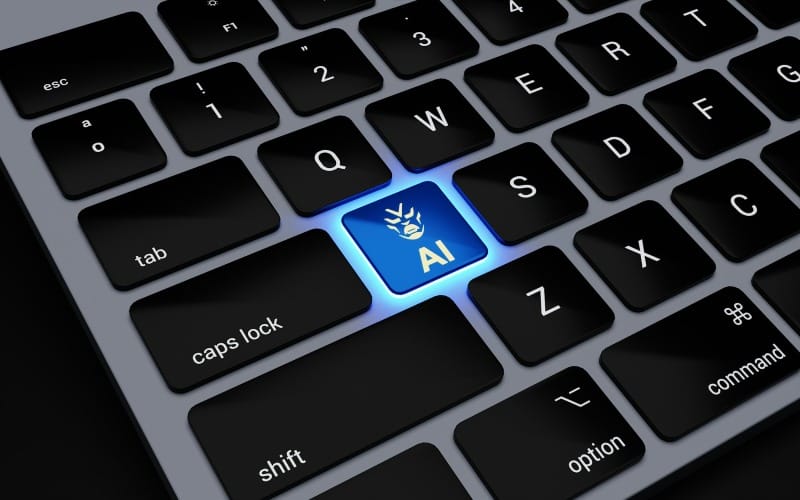They’re Already Using It...

When your team asks about AI, the real question is: why haven’t you provided it yet?
Let’s be honest—if you’re in leadership and haven’t been asked yet, it’s coming:
“What are we doing about AI?”
It might come from your board, your management team, or that sharp young hire in week two of onboarding. But here’s the more important point: your people aren’t waiting for your answer.
McKinsey recently published a striking stat: executives underestimate employee use of generative AI by a factor of three. In other words, your people are already using tools like ChatGPT, Gemini, Claude and others—quietly, resourcefully, and off the record.
They’re using them to write better emails, summarize documents, catch up on meetings they missed, and prep for pitches. And they’re doing it on personal accounts, outside your governance, with no guidance, training, or visibility.
The shift has already happened
We’ve crossed a line. AI isn’t a “future tool” or a “nice-to-have” innovation to explore someday. It’s becoming a default productivity layer—just like email, cloud storage, and the browser.
For new generations entering the workforce, it’s not optional. It’s expected. They don’t ask whether your business supports AI—they assume it does. And if it doesn’t, they’ll just use their own tools anyway.
Why this matters
If your organization doesn’t provide clear access to secure AI tooling, you invite three risks:
- Shadow AI
Staff will use consumer versions with no data protection, opening the door to leaks and reputational risk. - Lost productivity potential
Those who are using it could be doing even more with the right access, training, and sanctioned tools. - Talent mismatch
Your best people—especially younger talent—may quietly disengage when they realize their tools are better at home than at work.
What leaders need to do now
Forget big strategy decks. This isn’t about moonshots or AI labs. It’s about giving your people a secure, official way to use the same tools they’re already relying on.
Start with a simple step:
Make sure every employee knows what AI tool they can use, how to access it, and what’s encouraged.
It’s that basic. If you don’t answer that soon, someone else in your organization will—probably with their personal Gmail account and a Plus subscription.
Still unsure how widespread this is?
Read McKinsey’s insight:
This report explores companies’ technology and business readiness for AI adoption It concludes that employees are ready for AI. The biggest barrier to success is leadership

